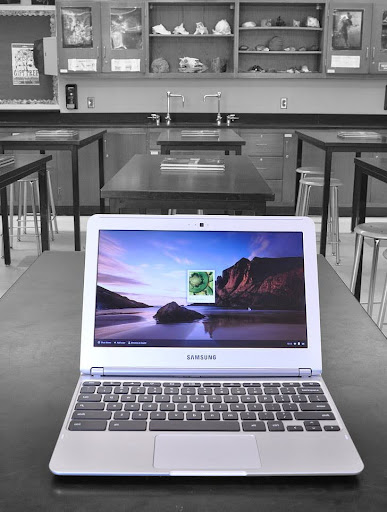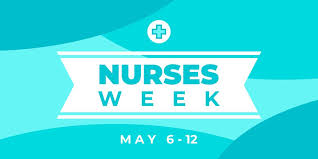Technology is everywhere in today’s high school classrooms, from online assignments to interactive tools like Desmos and Google Sheets. But as digital tools become more embedded in the educational experience, the question arises: Is technology truly enhancing student learning, or could there be such a thing as too much? At Mendham High School, teachers and students have differing views on the role of tech in the classroom, which sparks a broader conversation about its impact on education.
Mrs. Hill, a mathematics teacher, believes that digital tools enhance learning. Platforms like Desmos and Formative allow her to engage students with abstract concepts by offering visual aids, simulations, and real-time feedback. For her, technology supports- not replaces- foundation skills. “Technology complements hands-on learning,” she explains, noting that it allows students to apply their knowledge in more interactive and practical ways.
However, not all educators share the same perspective. Mrs. Martin, a Spanish teacher, is cautious about over-relying on digital resources, she sees both benefits and challenges in the classroom’s tech-heavy environment. While she utilizes technology to gamify lessons and reduce paper waste, she also believes that traditional methods like handwriting foster better retention and focus. However, she acknowledges that students often become distracted by the internet, which can hinder learning. “It’s easier for students to cheat or get sidetracked online,” she says, stressing the importance of balance.
From a student’s perspective, Angela, a senior, voices concerns about technology’s potential distracting influence. “It’s so easy to access information, but that takes away from actually learning the material,” she admits. She suggests a 50/50 balance between digital tools and traditional methods, such as textbooks and handwritten notes, to help students focus and retain more information.
Research into the role of technology in education offers valuable insights into these debates. Studies have shown that while digital tools can be incredibly effective in engaging students and improving learning outcomes, overuse can undermine focus and retention. According to a 2019 study published in Computers & Education, students who frequently used learning devices had more shallow knowledge retention compared to those who used paper-based materials. Similarly, the National Education Policy Center has warned that excessive screen time can lead to increased distractions, reducing the quality of learning.
Yet, when used strategically, technology can offer substantial benefits. Experts suggest that the key is not simply incorporating more tech, but knowing when and how to use it. For example, research from the International Society for Research in Education and Development emphasizes the importance of blending technology with collaborative, hands-on learning experiences to encourage deeper engagement. Studies show that learning tools like interactive simulations when paired with direct teacher instruction, can significantly boost students’ understanding of complex concepts.
Ultimately, finding the right balance between technology and traditional methods requires an ongoing conversation between educators, students, and researchers. As technology continues to evolve, the role it plays in education must be constantly reassessed to ensure that it enhances, rather than diminishes, the learning experience. Technology, when used thoughtfully and strategically, can be a powerful tool in the classroom, but, as with all tools, its effectiveness lies in how it’s used.






